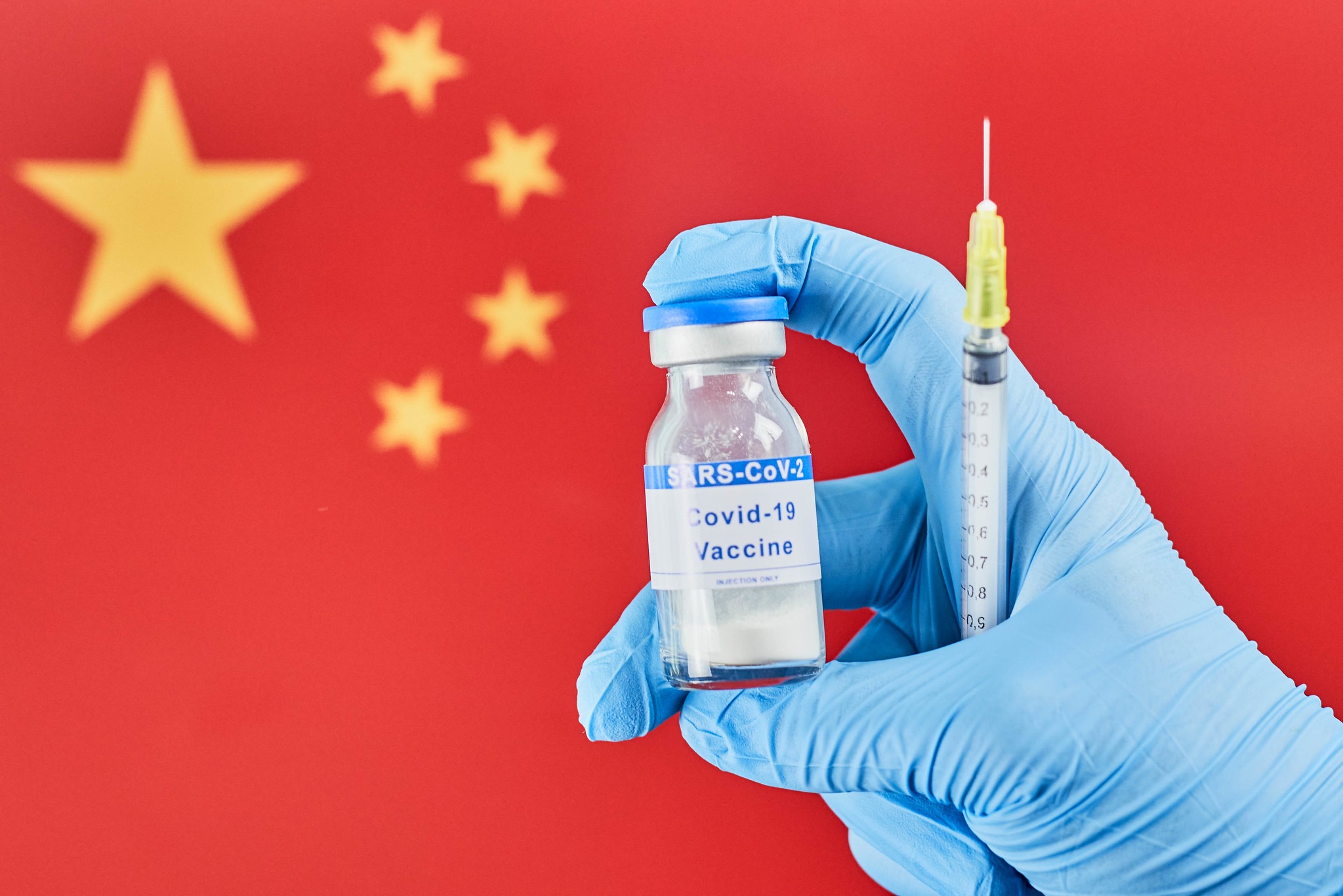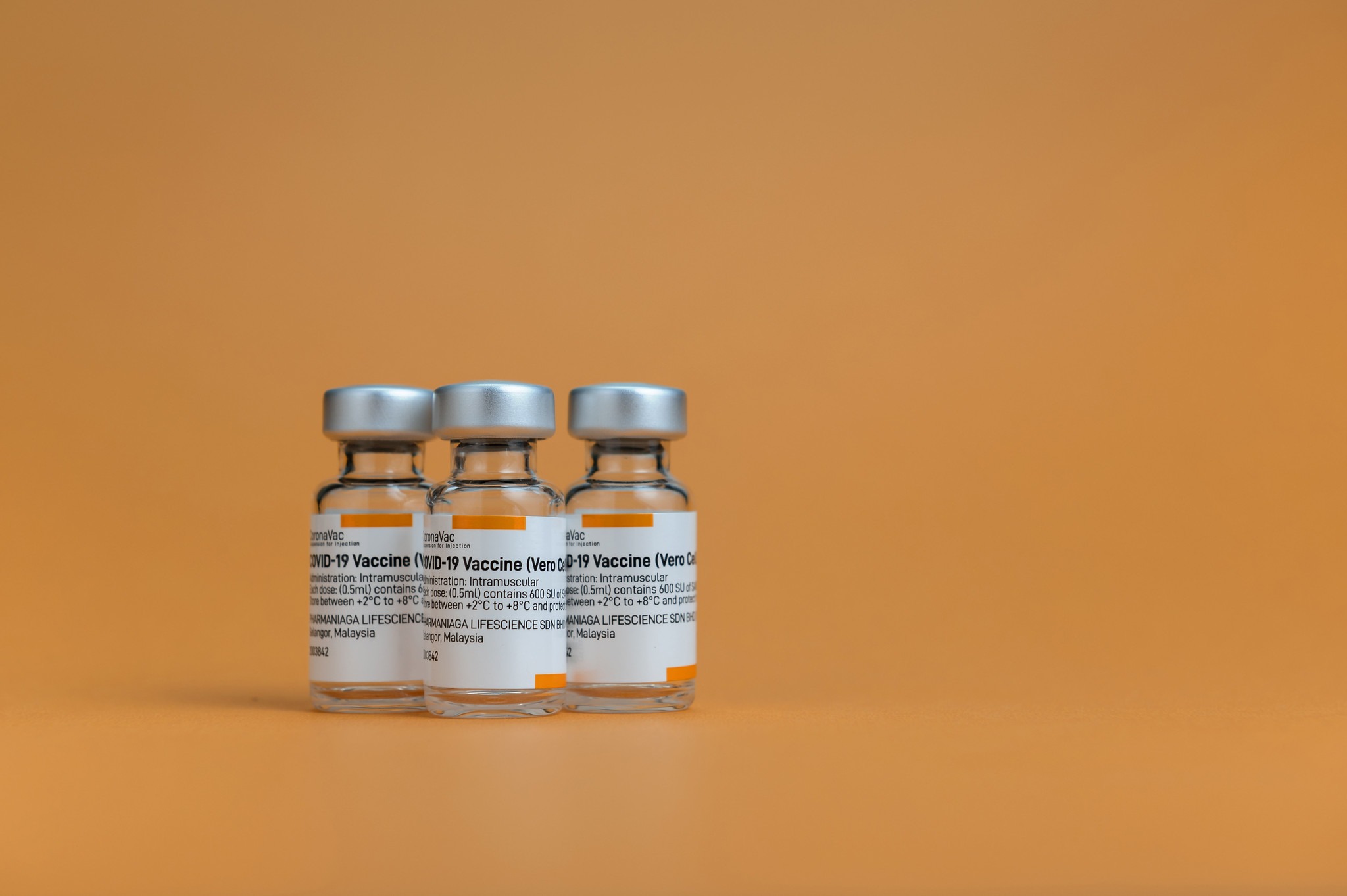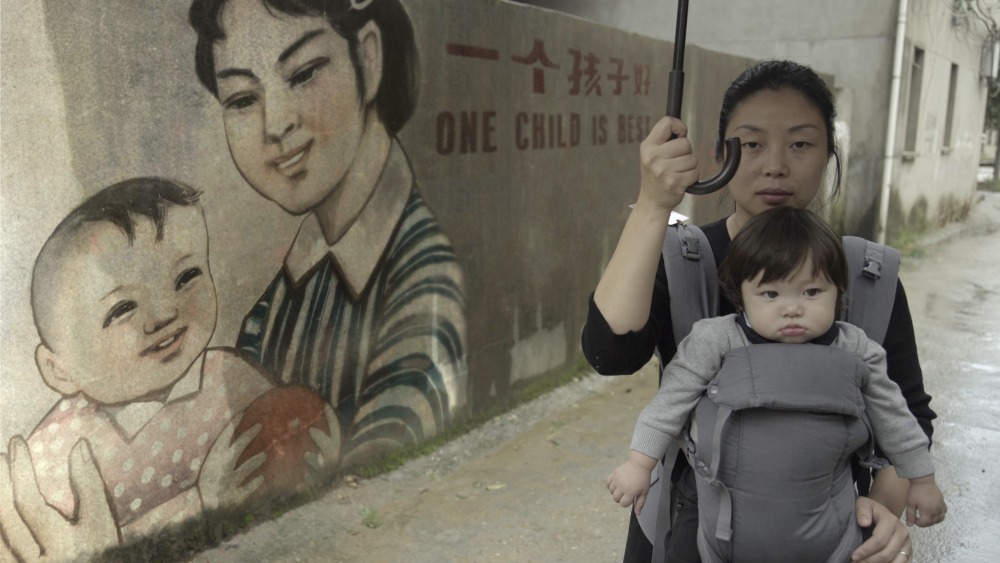Prisoners of Vaccine Nationalism

By Shaun Tan
Founder, Editor-in-Chief, and Staff Writer
4/3/2022

Picture Credit: Marco Verch Professional Photographer
For months many have wondered at China’s attachment to its zero-COVID policy. Why would a country that’s grown so intertwined with the rest of the world, that depends so much on international business, continue to cut itself off from it indefinitely, even in the face of the hyper-infectious but comparatively mild Omicron variant?
The main reason is probably the most obvious one: because its population is largely unprotected against COVID infection. But doesn’t China have one of the highest vaccination rates in the world, with 85.5% of its population double-vaxxed? Well, yes, but the vast majority of the Chinese population have been vaccinated with Sinopharm and Sinovac, and both of them suck, especially against later variants of the coronavirus. At some level, we’ve known this for a long time: as early as April 2021, Gao Fu, China’s top disease control official, more or less admitted that Chinese vaccines offered low protection against COVID, and were much less effective than Western mRNA vaccines.
How much less effective has since became painfully clear. In July 2021, CNBC discovered that only 6 countries in the world that had administered at least one jab to over 60% of their population had more than 1,000 weekly new cases per million people. 5 out of the 6 countries (Chile, Mongolia, Seychelles, UAE, and Uruguay) used Chinese vaccines as a significant part of their national inoculation programs. Around the same time, Indonesia and Thailand, who had relied on Sinovac to inoculate their populations, began moving away from it, noting its lower efficacy, giving those who had received Sinovac other vaccines as booster shots, and Malaysia announced it was switching to Pfizer after finishing its Sinovac supplies. Meanwhile, Singapore began excluding those who’d gotten Sinovac from its total vaccination count – basically considering those who’d been inoculated with Sinovac unvaccinated – citing concerns about its efficacy. In September 2021, during a Delta COVID wave in Malaysia, an analysis of health data found that Sinovac recipients accounted for 77% of all COVID deaths, despite only accounting for 51.5% of the double-vaccinated population.
But at least the Chinese vaccines are better than nothing, right? It’s not like they’re completely useless? Well, according to a recent study by researchers at the University of Hong Kong, against Omicron (which is really what matters now), Sinovac pretty much is completely useless at preventing infection (note, though, that it’s still useful at preventing serious illness). To be fair, even the Pfizer-BioNTech vaccine dealt poorly against the vaccine-evading powers of Omicron in this study: out of 25 people double-vaxxed with the Pfizer-BioNTech vaccine, only 5 produced enough antibodies to prevent infection from Omicron. How many of the 25 people double-vaxxed with Sinovac produced enough antibodies to prevent infection from Omicron? Zero. Likewise, a study by researchers at Yale University and the Dominican Republic found that two shots of Sinovac produced no neutralizing antibodies at all against Omicron.
Recent studies have shown that Sinovac is pretty much completely useless at preventing infection by Omicron.
With three doses instead of two, Sinovac fared better, but still extremely badly. Last month, the Hong Kong University School of Public Health found that three doses of Pfizer-BioNTech were estimated to be 89% effective at preventing infection from Omicron, dropping to 86% after three months, and 77% after six months. By contrast, three doses of Sinovac were estimated to be only 36% effective, and this protection was projected to drop to 19% after three months, and to 8% after six months. Similarly, a paper co-written by teams at Oxford University and Brazil’s Ministry of Health in January found that 90% of those receiving three doses of the AstraZeneca, Pfizer-BioNTech, or Johnson & Johnson vaccines were protected from Omicron infection, but only 35% of those receiving three doses of Sinovac were. At present, only 554.7 million people in China – less than half its population – have received a third dose, which means that, at best, only one-sixth of its population is protected against Omicron infection.

Sinovac (Picture Credit: Andy Pang)
If we consider this, China’s decision to cling to a zero-COVID policy, even as pretty much every other country in the world is abandoning it as futile, really isn’t so mysterious. It’s because most of its population has practically no protection against COVID infection.
The solution to this problem is obvious. Treat your population as 100% unvaccinated, import as many Western vaccines as you need and inoculate everyone all over again. Guan Yi, Director of the State Key Laboratory of Emerging Infectious Disease at the University of Hong Kong, a scientist whose work helped China avert a second SARS outbreak in 2004, urged the government to do as much when he castigated the country’s zero-COVID policy. “If a vaccine is not effective,” he said, “we should remove it [from the vaccination program].” In any free society, citizens would have demanded their government admit its vaccines fell short, and procure and distribute the better vaccines months ago. Indeed, any competent dictatorship would probably have done the same (quietly). Not the Chinese Communist Party (CCP), though. The CCP is now likely too proud to admit it made a vastly inferior vaccine, because this undermines its narrative of China triumphant and self-sufficient, its power overwhelming, its advanced technology leaving the decadent West in its dust.
The CCP is now likely too proud to admit it made a vastly inferior vaccine.
In a sense, China’s zero-COVID policy is tied up with this triumphalist narrative. In the earlier days of the pandemic, this policy brought it a great victory: after COVID first exploded in China, the CCP quarantined the entire city of Wuhan, and imposed a draconian series of lockdowns throughout the country that stomped out the virus, while its chief rivals, the US and the UK, floundered in a viral sea that overwhelmed their half-assed measures. Even the CCP’s critics had to admire how it did what needed to be done at the time.

Residents in a community in Wuhan buy necessities across a gate in February 2020 (Picture Credit: Painjet)
But if there’s one thing we’ve learned after two years of COVID, it’s that the contest against it is a marathon, not a sprint, and certain policies (and certain countries) can fare well initially, only to fail later when circumstances change. Mass quarantines and lockdowns and border closures and all the assorted paraphernalia of zero-COVID were never supposed to be permanent solutions – just ways of buying time until effective vaccines could be made and distributed and hospital capacity built up. Now, with effective vaccines available and many countries reopening and learning to live with the virus, and infection numbers there dropping after an initial spike, a zero-COVID policy is no longer necessary and, indeed, is starting to look like more and more of a liability, which is why almost every country in the world has ditched it. For whilst a zero-COVID policy limits the spread of the virus, it does so at a heavy price: it keeps your borders shut and your country isolated from the rest of the world.
A zero-COVID policy is no longer necessary and, indeed, is starting to look like more and more of a liability.
China’s economy is already starting to suffer from this, and is likely to suffer even more in future. Lengthy quarantine requirements at Chinese ports have severely delayed international shipping there, prompting major companies to cut these ports out of their supply chains. COVID lockdowns of ports, factories, and even entire cities whenever even a modest number of infections are detected have greatly disrupted business. Onerous quarantine measures and travel restrictions have made business trips to China all but impossible and have made it difficult for the country to attract foreign talent. This is straining China’s economy, at a time when it’s already under pressure from heavy US tariffs as a result of the trade war. “There is a concern on the export side that if you are looking where to source things from, will you go to China where ports and factories might be shut down at a moment’s notice very unpredictably?” asked Craig Botham of the economic research consultancy Pantheon Macroeconomics. “Or will you go to another part of Asia where they have pivoted to living with the virus, and you have got the same access to the rest of the world?” Accordingly, the IMF has cut China’s 2022 GDP growth forecast from 5.6% to 4.8%, and Goldman Sachs has cut it from 4.8% to 4.3%. And all this is happening as China’s economic growth is already slowing and its population rapidly aging, and as the country is already likely to “grow old before it gets rich.” How much longer will China stick to its zero-COVID policy? A year, two years, while it works to develop and distribute its own mRNA vaccine? Given how crucial the next decade will be for China in trying to become a high-income economy before the aging of its population catches up with it, a year or two can mean a lot.
Speaking of China’s aging population, the reason it’s aging so fast is because of its one-child policy, which, incidentally, has stark parallels to its zero-COVID policy. Here too, a harsh, but necessary, policy was implemented with brutal effectiveness, in this case, to avert an impending Malthusian disaster. It was very successful, preventing China from being overwhelmed with more people than it could support, however here too the CCP stuck to this draconian policy long after it had outlived its usefulness, thus creating another kind of disaster. (Ironically, India also enacted its own population-control policies decades ago, but did so ineffectively, and is thus now in a much better demographic situation than China, with one of the youngest populations in the world, just as many countries that had ineffective lockdowns are ironically now in a much better situation than China, with much of their population having natural immunity.)

People saw China’s current demographic disaster coming long before it hit; local experts began lobbying the Chinese government to ease up on the one-child policy as early as 2004, but it wasn’t ended until it was too late, in 2016 – some 12 years later. Carl Minzer, a specialist in Chinese government at Fordham University School of Law attributes this to bureaucratic inertia. In his article in The Atlantic, “China Isn’t That Strategic,” Michael Schuman puts it thus: “A sprawling state apparatus geared towards controlling births emerged from the one-child policy. Local officials were judged by their success in implementing the program. This system, and the incentives that made it work, became embedded in the government’s structure.”
Much the same bureaucratic inertia is likely playing out in China with regard to its zero-COVID policy, and this parallel tells us a bit about China’s strengths and its weaknesses: it’s good at implementing draconian policies effectively; it’s much less good, however, at responding to important developments and altering course once a policy has been set.
Added to this inertia is the fact that China’s overweening pride is now tied to its ineffective vaccines, forcing it to cling to its zero-COVID policy indefinitely rather than admit that they’re inadequate. It’s hard to feel sorry that its vaccine nationalism will likely end up kneecapping its economic growth at a time it needs it most and undermining its triumphalism in the long-term. But I do feel sorry for the people who have to suffer as a result. I feel sorry for the people in China who are now cut off from friends and family and opportunities and experiences in the rest of the world indefinitely. I feel sorry for the zhongjianwu, the people who’ve always lived between China and somewhere else, and are now severed from part of their lives. I feel sorry for Hong Kong, which is being forced to follow China down a zero-COVID dead-end with no viable long-term plan in sight, transformed from Asia’s world city into one of the most isolated cities in the world, its expats fleeing, its hospitality, tourism, and airline industries completely devastated because they don’t even have the mainland market to fall back on. These are the real victims, the prisoners of the CCP’s pride. The CCP is mortgaging China’s future, seemingly for no better reason than so it can keep up its delusional narrative of Chinese superiority – and, as always, it’s the Chinese people who will have to pay the price.
Related posts:
The One-Child Policy and the Rewriting of History
The Coronavirus and the Crisis of Responsibility
FAKE NEWS | To Contain COVID, Xi Vows To Imprison Everyone, Forever
FAKE NEWS | Chinese Malaysians and Singaporeans Urge Mainlanders to Stop Complaining
FAKE NEWS | Nothing to Worry About, Says Wuhan Official From Inside Biohazard Suit
